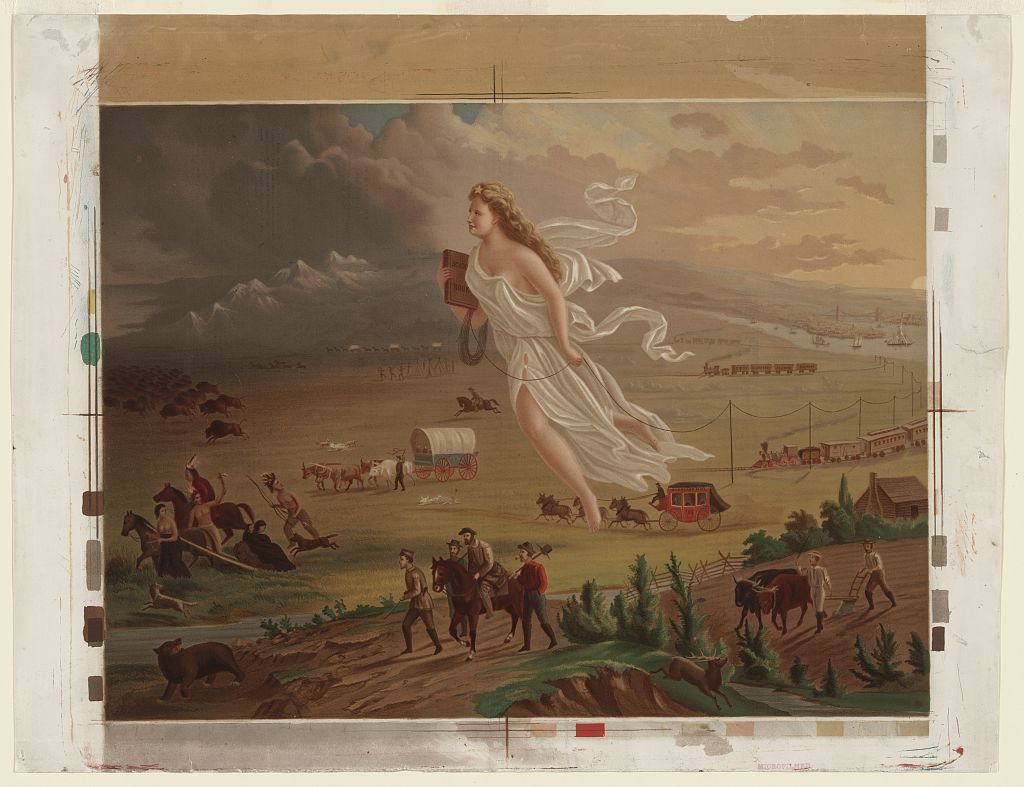This research delves into the overlapping and complex ways that identity markers, stage of life, and behaviour influenced definitions of and responses to sexual violence. In the context of late-nineteenth-century California, itself marked as a period of chaotic demographic, economic, political, environmental, social and institutional transformation, sexual violence stood out as a site of contradiction. The competing narratives that characterised discussions and responses to sexual violence in the period are revealing of the formation and maintenance of certain hierarchies of power and control.
As an exploration of dominant understandings of sexual violence and the expected and unexpected ways individuals and institutions responded to claims of such violence, this thesis engages primarily with sources produced by those in positions of power. These include legal records, medical texts, legislative documents, and correspondences between officials regarding the threat and reality of ‘rape’ or ‘indecent assault’ during the period. Social commentators often responded to sexually violent behaviours in the press, and newspapers offer another important perspective on the ways that the law and government often came into conflict with public perception.

While these records reveal dominant discourses around sexually violent behaviour, and often silence those whose experiences of victimisation did not fit within broad constructions of harm, they also offer a glimpse into how sexual violence marked individuals, families, and communities. Legal trials and newspaper reports reveal which instances of violence were legible to onlookers, and suggest those forms of sexual violence that were overlooked or ignored. In these, race and class were crucial markers that shaped gendered understandings of sexual behaviour and set dominant narratives around idealised visions of ‘victims’ and ‘perpetrators.’
By linking individual narratives of sexual harm to broader institutional constructions of sexually violent crimes, this work seeks to better understand how sexual violence operated in late nineteenth-century California. It works to contribute to studies of sexuality and settler colonialism, as well as shift understandings of Californian exceptionalism in a broader historiography of the United States. Likewise, the far west shorelines of California’s coast, expanded into during a broader period of renewed imperialism during the late nineteenth century, were not only eastward-looking, but also looked west. As a result, understanding the making of California as an American state also demands situating it in the wider history of imperialism and conquest.